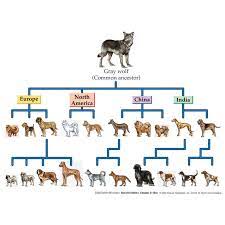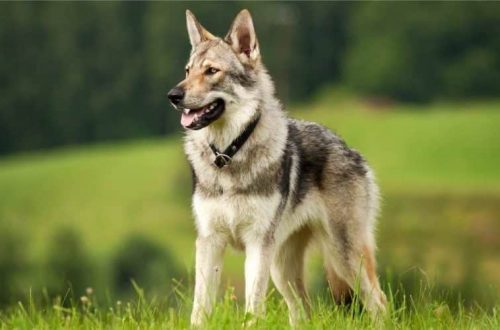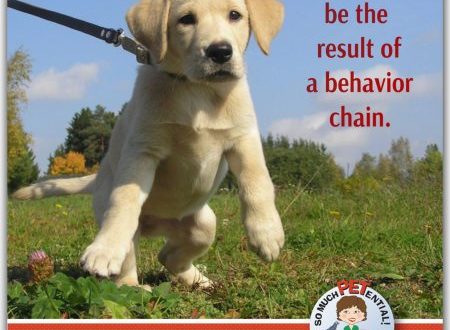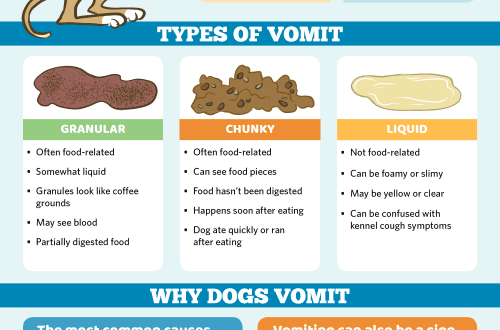
What is inbreeding in dogs
Inbreeding is one of the most controversial methods of breeding dogs. It consists in crossing individuals who are related, sometimes very close. Are there any advantages to this method and what are the consequences for animal health?
This method is used to preserve a greater number of character traits and appearance inherent in a particular breed, such as eye color, height or suit. These features – recessive genes – are more likely to appear when relatives are crossed. Related mating in dogs has been used by breeders to develop many breeds.
Contents
Varieties of inbreeding
There are four types of inbreeding:
- Close. Such close inbreeding in dogs implies the mating of individuals that are in close blood relationship: a daughter with a father, a son with a mother, siblings.
- Closely related. There is mating of cousins and second cousins.
- Moderate. With such inbreeding, fairly distant relatives are crossed, having common ancestors in the third or fourth generation.
- Remote. With this type of dog, they are even more distantly related, and their common ancestor is from the fifth generation.
Advantages and disadvantages of inbreeding
Inbreeding in dogs, like any other method, has its pros and cons. On the one hand, it allows you to save more of the desired traits by excluding from mating individuals with unsuitable external data or character. The repetition of such a manipulation for several generations allows you to fix the desired feature and make it homozygous.
On the other hand, even discarding ethical considerations, inbreeding has obvious disadvantages. It is important to understand that such a method preserves not only the desired characteristics, but also provokes the development of genetic diseases. Therefore, it is necessary to carefully monitor the behavior and health of puppies, removing sick individuals from the selection.
Negative consequences
The biggest disadvantage of inbreeding is that it eliminates any genetic diversity. The constant use of this method leads to diseases, genetic abnormalities, chromosomal failures, depletion of the gene pool. In some cases, inbreeding is completely contraindicated, for example, if:
- The breed is young and its characteristic features have not yet settled down. In this case, there is a high risk that the puppies will have those features that are inherent in another breed.
- The breed is distinguished by a small litter, which, for example, refers to decorative groups.
- The ancestors of dogs or their relatives were identified genetic diseases and abnormalities. Then the crossing of individuals can lead to the consolidation of negative features or even to the degeneration of the breed.
In addition, it is recommended from time to time to introduce into the breed dogs that are not relatives of other individuals. This method is called cross.
See also:
- How to take birth in a dog?
- Everything you need to know about sterilization
- Pregnancy and childbirth in small breed dogs





